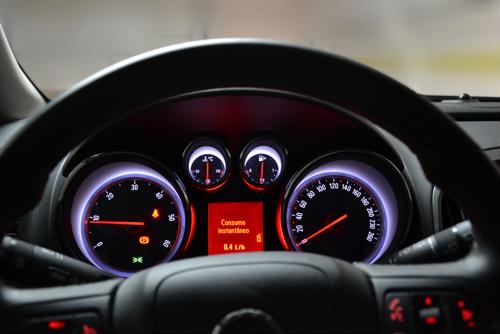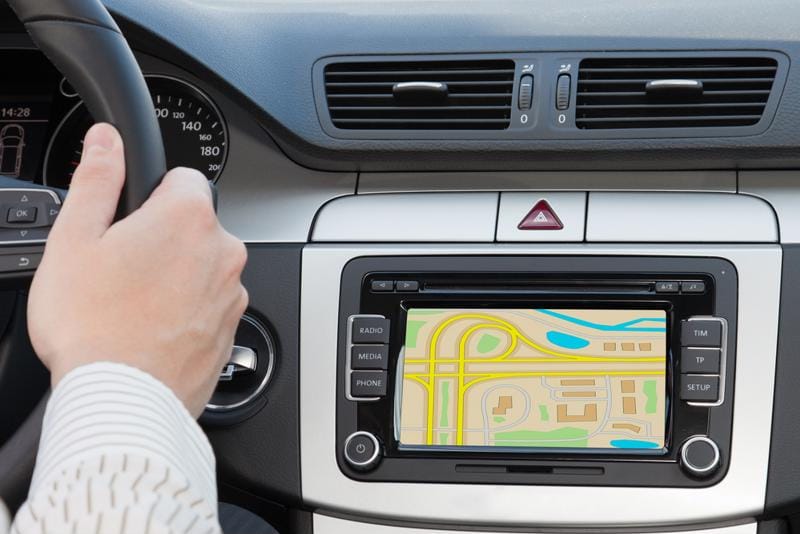
The auto manufacturing industry is undergoing a major transformation thanks to the proliferation of electronics and communication technologies.
The auto manufacturing industry is undergoing a major transformation thanks to the proliferation of electronics and communication technologies. A report from Ars Technica stated that the needs of consumers and pressure from regulatory agencies are leading auto manufacturers to include capabilities such as vehicle-to-vehicle and vehicle-to-infrastructure communication, collision avoidance, and other semiautonomous systems in all new models.
How do these changes affect the manufacturing process?
These trends will have a major impact on OEMs, particularly when it comes to sourcing and designing component parts for these new systems. These new onboard devices must be lightweight and unintrusive enough so as to keep the vehicle energy efficient and easy to use. They must also be powerful enough to perform correctly throughout the vehicle’s lifecycle. Even for standard components, the goal is to get lighter and smaller while still providing a high level of performance over the life of the vehicle.
Smaller devices means smaller components, so automobile OEMs will have to find ways to bring on component parts that get down to the micro level without sacrificing quality. As engineers and designers in many industries are finding out, conventional fabrication processes often struggle to provide parts that meet these criteria. Nonconventional processes, such as photo etching, are a powerful alternative.
Why auto manufacturers should work with a photo etching supplier
For decades, photo etching has been a means by which designers and engineers can solve their trickiest micro problems. With origins in the printed circuit board industry, photo etching has been used in many other sectors like aerospace, electronics, medical and scientific equipment, RF and Microwave and others as a way to create precise flat metal parts.
Our Comprehensive Guide to Photo Etching answers many designers’ questions.
Auto manufacturers have many of the same needs as these industries, which is why OEMs should consider working with a photo etcher for their component parts. Here are just a few of the benefits that come with working with a photo etching supplier:
- Parts come free of burrs and deformities. Conventional processes such as stamping or laser cutting can leave burrs, uneven edges and thermal distortions in the final part. Etching is a benign process that doesn’t involve “brute force” or extreme heat, so all parts come free of these distortions.
- Variety of materials. Auto manufacturers need to make vehicles lighter without decreasing part strength or quality, so they’re experimenting with new materials. We can work with a long list of both common and unusual metals and alloys.
- Inexpensive tooling. For complex parts at high production volumes, conventional processes often require long lead times and high tooling costs. Photo etching utilizes photo tools, which are stencils of the finished parts that are then etched simultaneously. Phototools generally cost $300 or less and can be generated within a day.
- Complex designs are simple to produce. Photoetching has similarities to a printing process in that the part designs can be immensely intricate without having an impact on the tooling or production process.
- Tight tolerances. For metal over .005″ thick, we can hold tolerances of +/- 15% of the metal’s thickness. Locational tolerances will be within +/-.001″ of drawing nominal.
To learn more about how photo etching can help your OEM create precision flat metal parts, call us at 800-443-5218 or email us at sales@conardcorp.com



